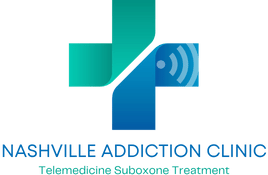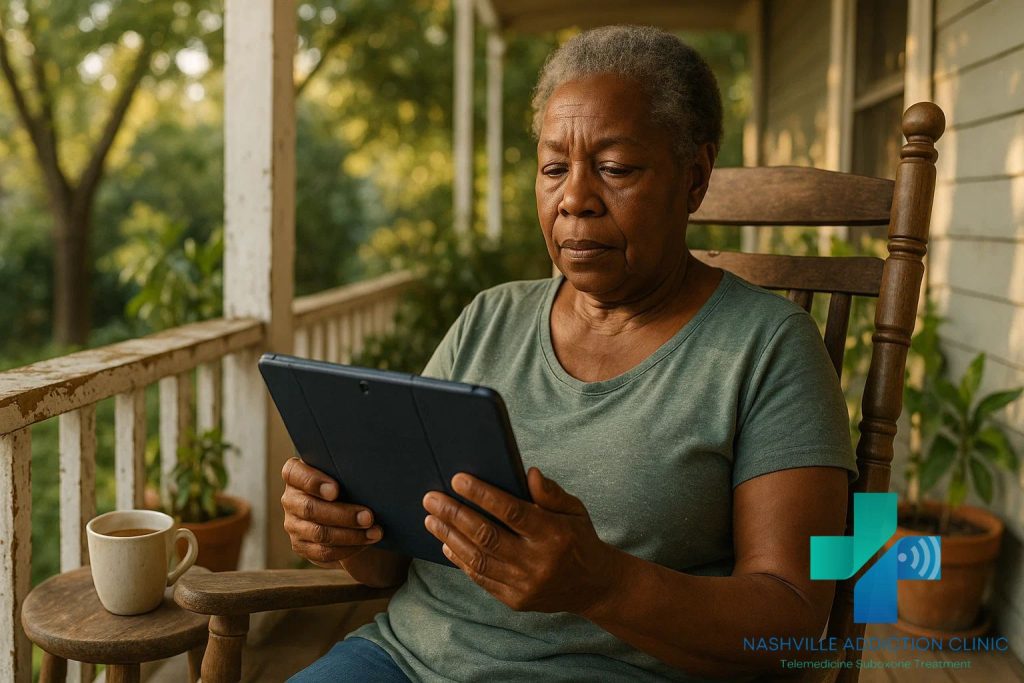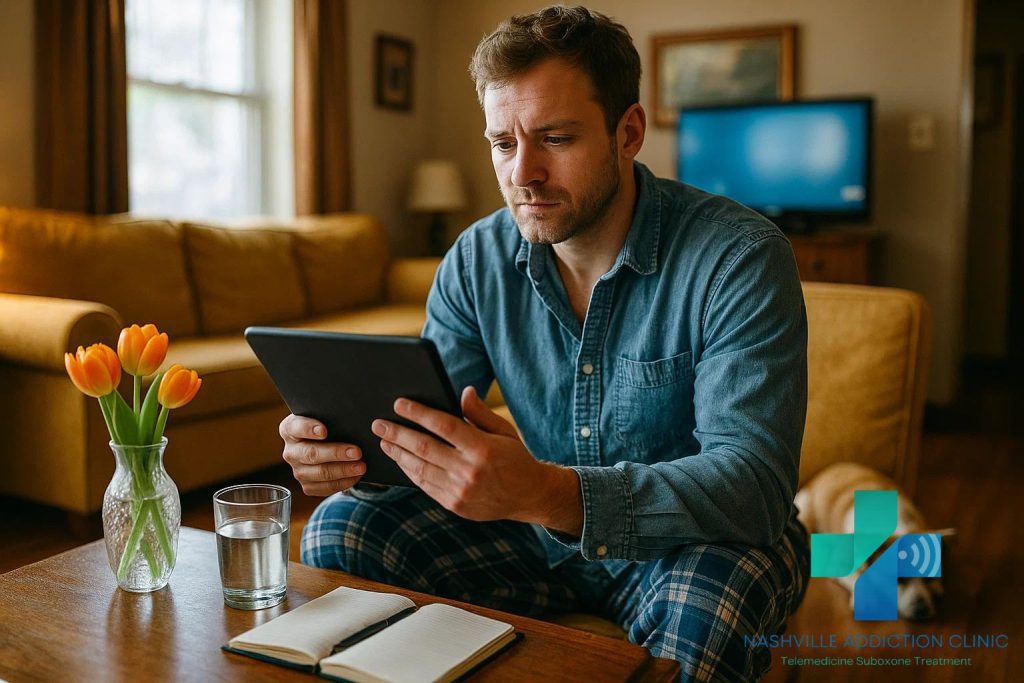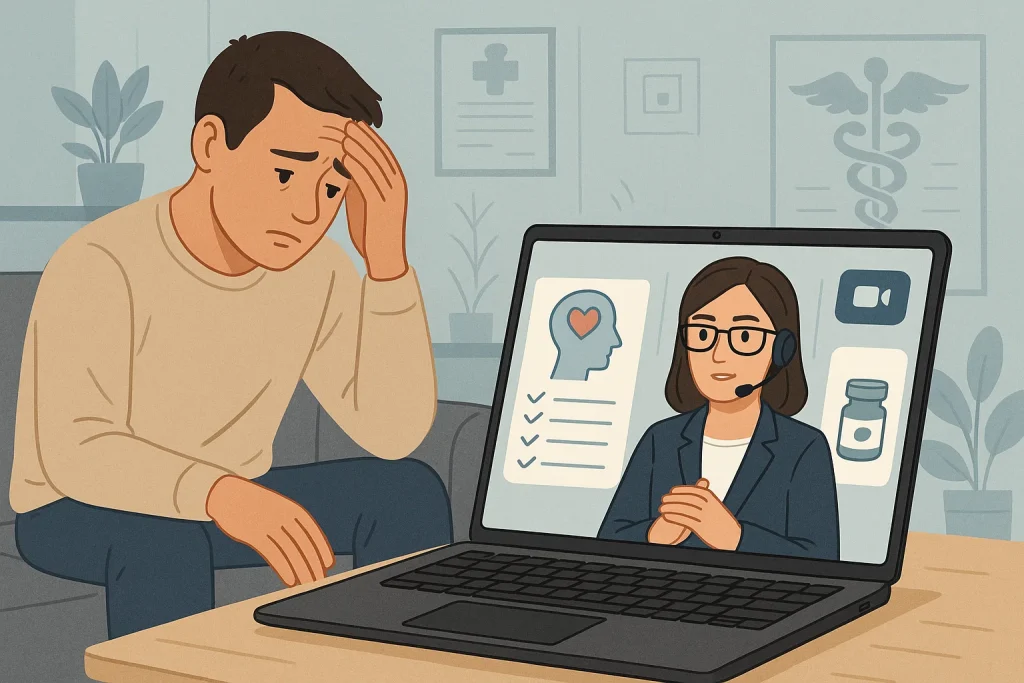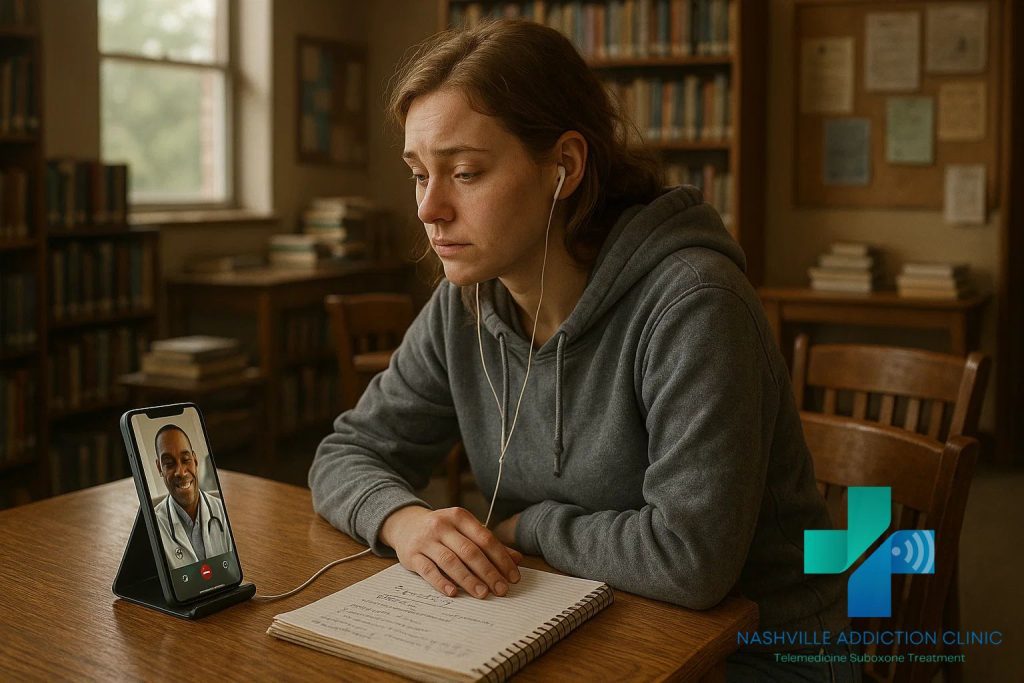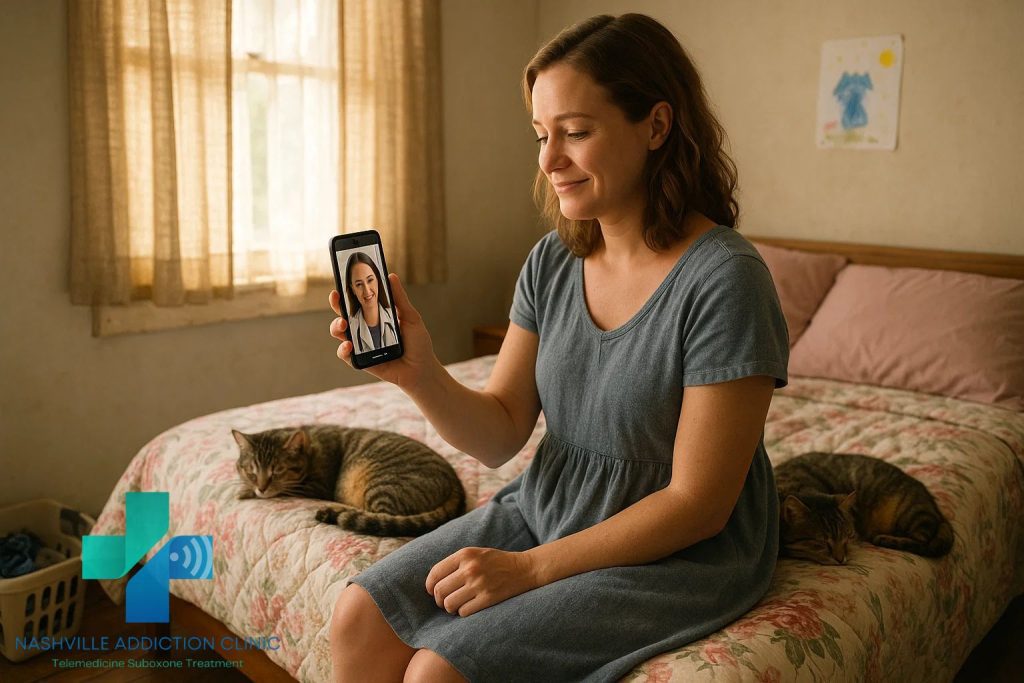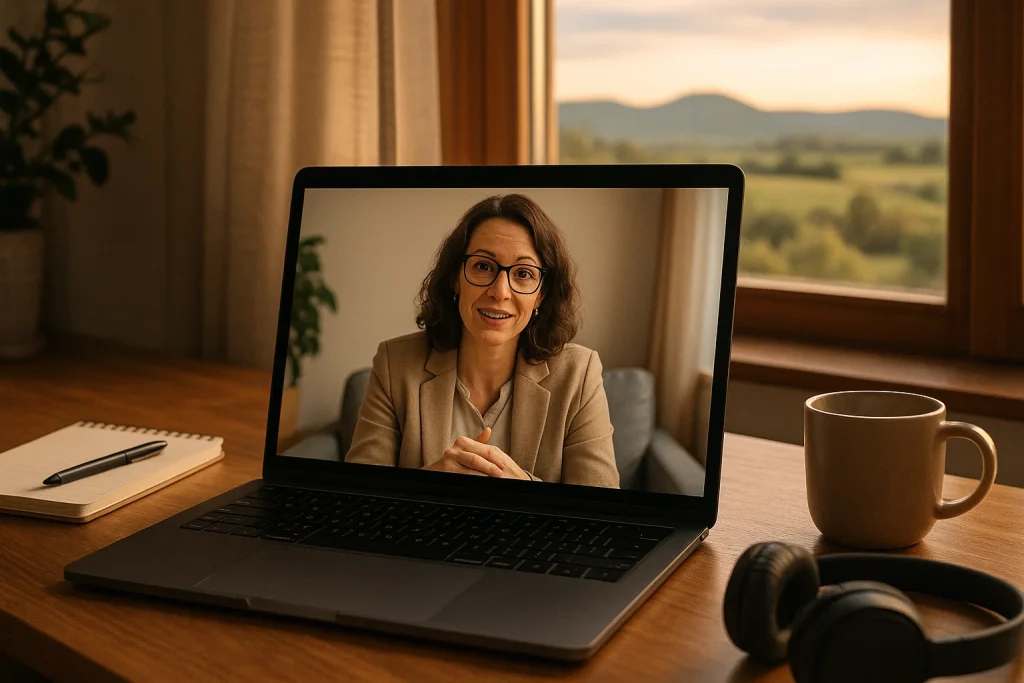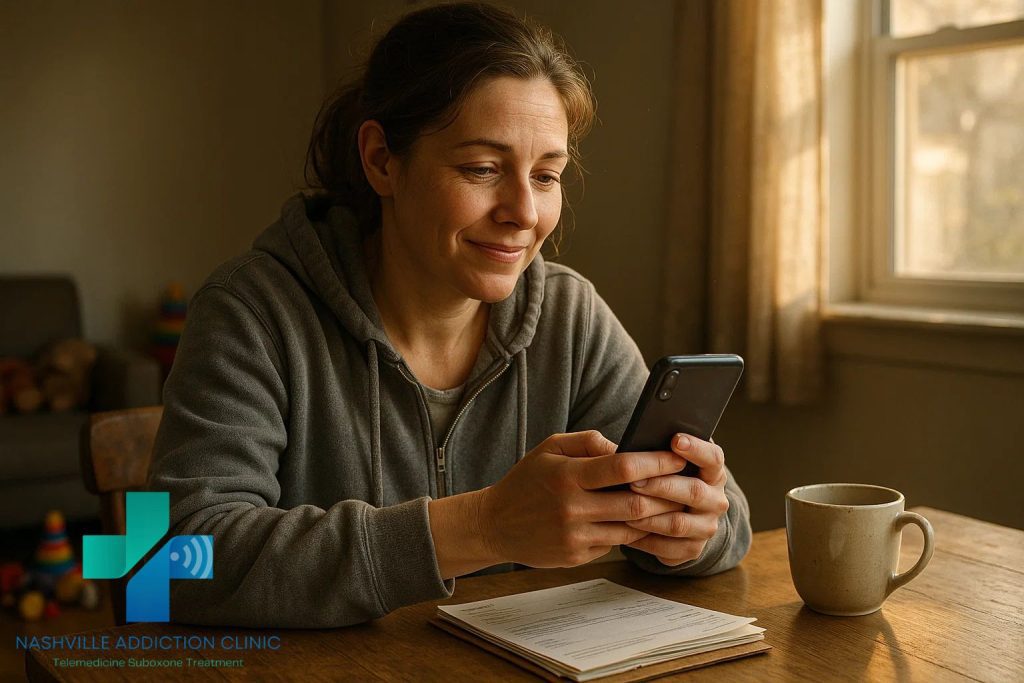Suboxone Treatment From Home: Steps to Get Started
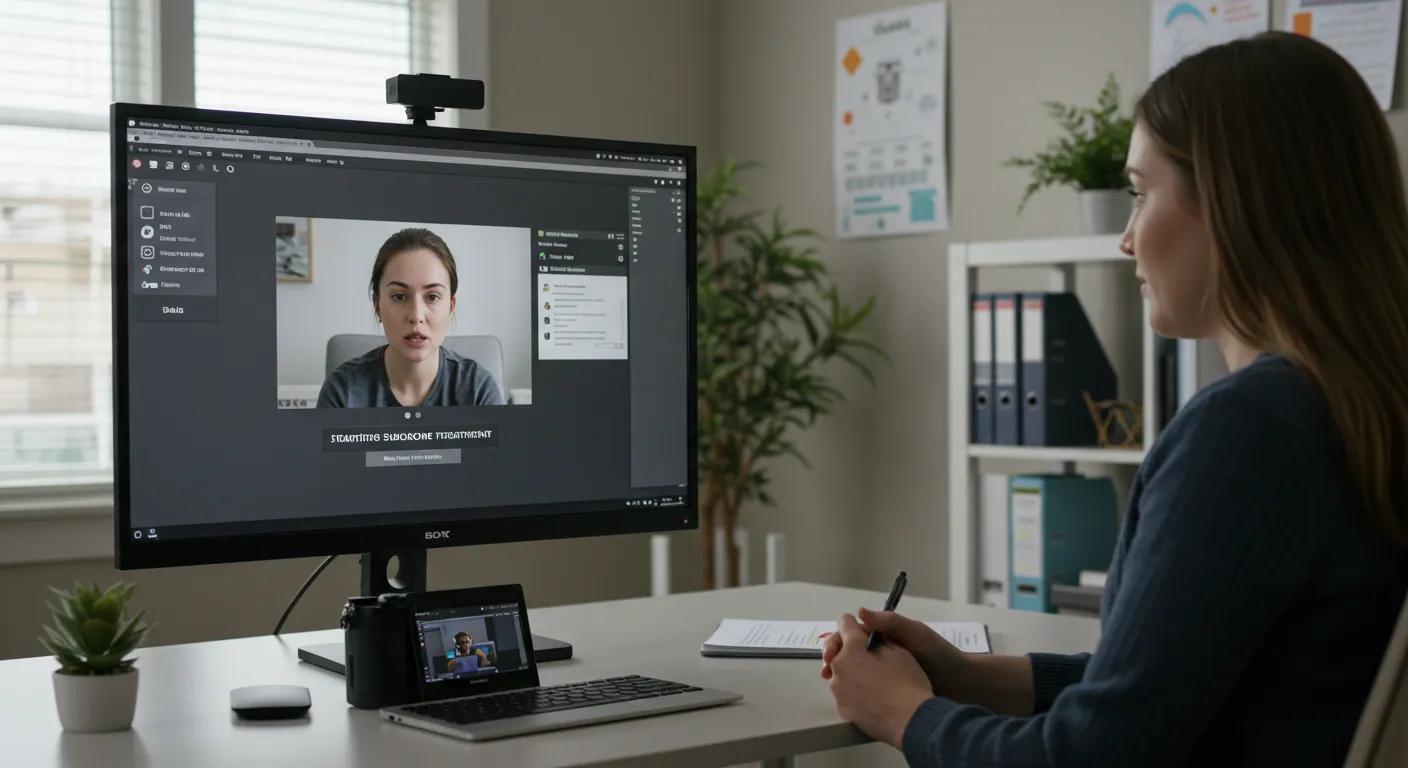
Suboxone Treatment From Home: How to Access Safe and Effective Opioid Recovery Care
Finding accessible care for opioid addiction can be challenging. Many individuals in Tennessee—and beyond—face long waiting lists, stigma, and scheduling difficulties at traditional clinics, sometimes mitigated through telemedicine appointments. Suboxone treatment from home offers a compassionate, evidence-based alternative that bypasses these barriers; for additional guidance, resources such as samhsa.gov provide valuable support. This article explains what suboxone is and how home treatment works, outlines the process from the initial evaluation to ongoing monitoring, and highlights both benefits and risks of remote care. You will also learn how to choose the right telehealth provider to ensure you receive the best support during recovery, including recovery resources tailored to your needs. By understanding these procedures, you can make informed decisions about your journey toward sobriety and improved wellbeing.
In the following sections, we detail the suboxone treatment process—from its role in treating opioid use disorder, including information on appointments suboxone therapy columbia, to practical steps for beginning and maintaining a treatment regimen at home. We also cover available support services and recovery resources, with additional tips from samhsa.gov on managing side effects and key considerations when selecting a telehealth provider that offers telemedicine appointments. This guide is designed for individuals in Tennessee seeking virtual opioid addiction treatment and for their loved ones needing clear and reliable information.
What Is Suboxone Treatment From Home and How Does It Work?
Suboxone treatment from home is a form of medication-assisted treatment (MAT) delivered via secure telehealth platforms. It enables patients to receive controlled-substance prescriptions and ongoing support remotely. By combining buprenorphine with naloxone, Suboxone helps manage opioid dependence while reducing the risk of misuse. This treatment is especially valuable for those facing challenges with in-person care.
What Is Suboxone and How Does It Help Opioid Use Disorder?
Suboxone is a prescription medication made up of buprenorphine—a partial opioid agonist—and naloxone, an opioid antagonist. Buprenorphine alleviates withdrawal symptoms by providing milder stimulation of opioid receptors, while naloxone discourages misuse by triggering withdrawal if the medication is injected. In opioid use disorder, Suboxone stabilizes brain chemistry, reduces cravings, and lowers the risk of overdose. Its unique ceiling effect prevents excessive dosing, making it a safe option for managing dependence, particularly in a remote setting.
How Is Suboxone Treatment Delivered Remotely?
Home-based Suboxone treatment is administered through a secure telehealth system where licensed healthcare providers conduct assessments, prescribe medication, and monitor progress via video consultations. Initially, you will have a detailed telehealth evaluation—reviewing medical history and current opioid use. Once cleared, your provider sends your Suboxone prescription electronically to a local or mail-order pharmacy, ensuring safe delivery.
This remote model also integrates virtual counseling and case management. Scheduled video appointments allow providers to adjust dosages, address side effects, and continuously monitor your recovery. This method minimizes travel and protects patient privacy while maintaining a strong therapeutic relationship.
Who Is Eligible for Suboxone Treatment From Home?
Eligibility typically includes individuals diagnosed with opioid use disorder who meet specific medical and psychosocial criteria. Patients with stable living conditions, reliable internet access, and the ability to engage in regular virtual appointments are ideal candidates. Telehealth providers also assess potential risks, including co-occurring mental health challenges or dual diagnosis needs. In some cases, if additional support is necessary, patients may be referred for in-person care while maintaining a primarily telehealth-based treatment plan.
How to Start Suboxone Treatment From Home: Step-by-Step Guide
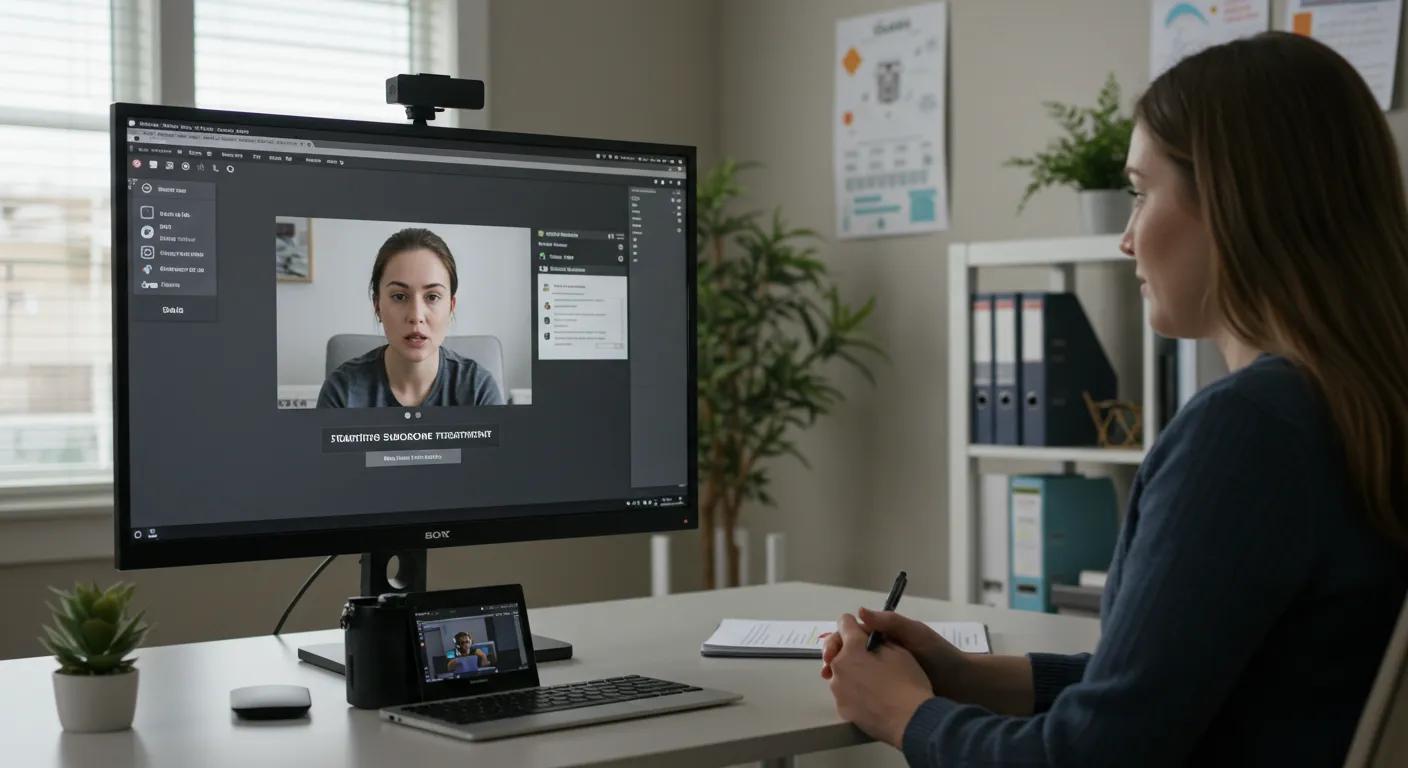
Beginning Suboxone treatment from home involves a clear process starting with a telehealth consultation and progressing through regular virtual check-ins. This concise guide covers what you can expect from the initial assessment to ongoing medication management.
What to Expect During the Initial Telehealth Assessment?
Your first step is a comprehensive video consultation with a licensed healthcare provider. During this session, the provider reviews your medical history, past treatment attempts, and current opioid use patterns. You will be questioned about recent withdrawal symptoms, cravings, and any co-occurring physical or mental health issues.
The clinician explains how Suboxone works, details its benefits and risks, and outlines the early treatment expectations, such as potential mild withdrawal or temporary mood changes. Lab tests or additional information may be requested to design a safe dosing plan. This thorough, interactive process is designed to facilitate a smooth start to your remote treatment.
How Is the Suboxone Prescription Managed and Delivered?
Once the telehealth assessment confirms that Suboxone is appropriate, your provider electronically submits your prescription through a secure system. This prescription is sent directly to a local pharmacy or processed via a mail-order service to ensure timely delivery.
Throughout treatment, follow-up virtual appointments are scheduled to monitor your progress and adjust your dosage as needed. The telehealth system provides a real-time communication channel for addressing any concerns about dosage, side effects, or irregular changes in your condition.
What Are the Requirements for Ongoing Virtual Check-Ins?
Regular virtual check-ins are essential for the success of home-based Suboxone treatment. Typically, appointments occur weekly or biweekly initially and may be spaced out as you achieve stability. During these sessions, your provider reviews your adherence to the medication schedule, monitors for side effects or withdrawal symptoms, and discusses any challenges you are experiencing.
These check-ins also include assessments of your overall mental health and well-being and may involve referrals for counseling or group therapy. This structured follow-up is key not only to ensure medication compliance but also to support long-term recovery through the integration of behavioral health practices.
What Are the Benefits of Suboxone Treatment From Home?
Home-based Suboxone treatment offers several advantages over traditional in-person care, primarily by enhancing accessibility and convenience, protecting privacy, and reducing overall costs.
How Does Home Treatment Improve Accessibility and Convenience?
Suboxone treatment from home removes many logistical barriers associated with in-person care. Without the need to travel to a clinic, patients save time and energy and avoid the stigma sometimes associated with addiction treatment centers. This is particularly beneficial for those in rural or underserved areas where treatment centers may be few and far between.
With the help of a secure telehealth platform, you can attend appointments from your home, office, or any private space. Flexible scheduling, including options for evening and weekend appointments, ensures that treatment fits around your other responsibilities.
How Does Privacy and Discretion Work in Remote Suboxone Care?
Privacy is a critical concern in opioid addiction treatment, and home-based care is designed to protect it. Telehealth consultations occur over secure, encrypted networks, ensuring that your personal and medical details remain confidential. Receiving care remotely also minimizes the risk of being seen at a treatment center, helping to reduce social stigma and maintain anonymity.
This method allows you to integrate treatment seamlessly into your everyday life without fear of unwanted exposure, thereby preserving both your privacy and dignity.
Can Suboxone Treatment From Home Reduce Overall Treatment Costs?
Cost savings are another notable benefit of home-based treatment. By eliminating expenses related to travel, waiting times, and physical clinic overhead, telehealth programs are often more affordable. Many health insurance providers, including Medicaid and Medicare, reimburse virtual opioid treatment services, contributing to lower overall costs.
These savings can enable you to allocate resources to other important aspects of recovery, such as counseling or support groups, while minimizing the financial burden often associated with traditional treatment.
What Support Services Are Available During Suboxone Treatment From Home?

Effective treatment for opioid use disorder extends beyond medication. Home-based Suboxone treatment is usually paired with a range of support services that address behavioral health, recovery strategies, and social integration.
How Does Counseling and Therapy Integrate With Remote Suboxone Treatment?
Counseling and therapy are integral components of the home treatment model. Virtual counseling sessions help tackle the underlying behavioral and emotional factors that contribute to opioid addiction. Licensed therapists work with patients via teletherapy to identify triggers, develop coping strategies, and establish routines that support long-term sobriety.
Regular sessions allow for continuous adjustments in your treatment plan based on progress and any emerging challenges. This integration of behavioral health support with medication management plays a significant role in reducing cravings and preventing relapse.
What Ongoing Monitoring and Support Options Exist?
Beyond counseling, a variety of ongoing support options are available. Regular virtual check-ins keep your medication regimen on track and may include periodic lab tests or self-reporting via mobile apps that monitor adherence, mood, and overall well-being. Some telehealth providers also offer online peer support groups and recovery coaching sessions, providing a community of individuals facing similar challenges.
Digital tools, such as appointment reminders and medication refill alerts, help maintain consistency and reinforce positive treatment behaviors.
How Can Family or Caregivers Be Involved in Home Treatment?
Family members or caregivers can play a supportive role during home-based treatment. With your permission, providers may involve your loved ones in virtual sessions to explain your treatment plan and offer guidance on how to support your recovery. This involvement not only boosts adherence but also builds a robust support network essential for long-term success.
Some programs offer caregiver-specific resources and training, helping families recognize early signs of relapse and learn effective ways to provide emotional and practical support.
What Are the Risks and Considerations of Suboxone Treatment From Home?
While home-based Suboxone treatment is highly effective, it comes with certain risks and challenges that need to be managed carefully. Awareness of these issues and proactive strategies are vital to maintaining a safe and successful recovery.
What Are Common Side Effects and How Are They Managed Remotely?
Common side effects of Suboxone treatment include nausea, constipation, dizziness, and headaches. These symptoms are typically mild and subside as your body adjusts. In a remote care model, healthcare providers monitor side effects through regular virtual consultations. They may adjust dosages or recommend over-the-counter remedies, dietary modifications, and hydration strategies to mitigate discomfort. If symptoms become severe, your provider will advise whether an in-person visit is necessary.
How Is Patient Compliance and Misuse Prevented in Home Treatment?
Ensuring adherence and preventing misuse are key challenges in remote treatment. To address these concerns, providers schedule frequent virtual check-ins and use electronic medication monitoring tools. They may also require periodic drug screenings or use mobile apps to track adherence. Open communication and immediate intervention protocols help minimize risks related to diversion or non-compliance while safeguarding the overall treatment plan.
When Should Patients Seek in-Person Care or Emergency Help?
Even with effective remote care, there are times when in-person treatment becomes necessary. If you experience severe side effects, allergic reactions, or worsening mental health issues—such as profound depression or suicidal thoughts—you should seek immediate in-person care or emergency assistance. Your telehealth provider will offer clear guidelines on symptoms that warrant urgent attention, ensuring you know when to escalate care.
How to Choose the Right Telehealth Provider for Suboxone Treatment From Home?

Choosing a reputable telehealth provider is critical to a successful home-based treatment experience. Evaluation should include the provider’s credentials, treatment plan structure, and the range of support services offered.
What Qualifications Should a Telehealth Provider Have?
An ideal provider will have the appropriate licensure and certifications in addiction medicine or psychiatry and demonstrate expertise in opioid use disorder. Look for evidence-based practice, a multidisciplinary support team including counselors and case managers, and positive patient testimonials. Experience with telehealth technologies and secure e-prescribing further ensures safe, efficient care.
How to Evaluate Treatment Plans and Support Services Offered?
Compare the structure of treatment plans among different providers. A comprehensive plan should cover an initial assessment, clear dosing guidelines, regular follow-ups, and integration of behavioral health services. Transparency regarding pricing, insurance coverage, and available crisis support is also essential. Ensure the provider maintains open communication channels for addressing any concerns during treatment.
What Questions to Ask Before Starting Remote Suboxone Treatment?
Before beginning treatment, ask questions such as:
- What is the process for managing missed appointments or doses?
- How frequently will I have follow-up check-ins?
- What measures are in place to ensure privacy and compliance?
- How do you handle dual diagnosis or co-occurring conditions?
- What is the turnaround time for prescriptions?
- How long do virtual appointments typically take?
These questions will help confirm that the provider is well-equipped to support your recovery effectively.
How Does Suboxone Treatment From Home Compare to Traditional in-Person Care?
Comparing remote Suboxone treatment with traditional in-person care highlights differences in delivery methods, accessibility, and patient experience.
What Are the Advantages of Remote Treatment Over Clinic Visits?
Remote treatment offers enhanced accessibility without the logistical challenges of travel and long waiting times. It provides flexible scheduling options, making it easier to accommodate work and family commitments. In addition, telehealth enhances privacy and reduces stigma, while lower overhead costs can result in lower treatment fees.
Are Treatment Outcomes Similar Between Home and in-Person Care?
Research indicates that treatment outcomes for remote Suboxone care are comparable to those achieved in clinics. Key indicators—such as treatment retention, reduced illicit opioid use, and overall improved wellbeing—show similar results when patients adhere to regular follow-ups and prescribed dosages. With proper management, relapse rates and long-term recovery outcomes remain on par with traditional care methods.
What Challenges Might Patients Face With Home-Based Suboxone Treatment?
Some patients may experience challenges such as occasional technological issues, difficulties navigating telehealth platforms, or feelings of isolation due to reduced face-to-face contact. Providers can counter these hurdles through group therapy sessions, online peer support, and sustained virtual engagement to support adherence and well-being.
Table: Comparison of Home-Based Versus In-Person Suboxone Treatment
Before diving into the FAQs, consider the following table summarizing key differences between home-based and in-person treatment approaches.
| Aspect | Home-Based Treatment | In-Person Treatment |
|---|---|---|
| Accessibility | Convenient for rural and busy patients | Requires travel and scheduled appointments |
| Privacy | High level of discretion and confidentiality | Potential for stigma in public settings |
| Scheduling Flexibility | weekday and evening access with flexible appointment slots | Limited to in-person clinic hours |
| Cost Efficiency | Reduces transit costs, missed work, childcare, etc. | Higher costs for travel |
| Continuity of Care | Regular virtual check-ins and online support | Face-to-face direct interaction |
This table shows that while both options provide effective care, home-based treatment is particularly advantageous in terms of convenience, privacy, and cost.
Frequently Asked Questions
Q: What makes Suboxone an effective treatment for opioid use disorder?
A: Suboxone combines buprenorphine and naloxone to stabilize brain chemistry, ease withdrawal symptoms, and prevent misuse via a ceiling effect. Combined with counseling, it effectively reduces cravings and lowers overdose risk.
Q: How secure are telehealth platforms used for Suboxone treatment?
A: Telehealth platforms use end-to-end encryption and comply with HIPAA, ensuring your personal and medical information remains confidential during every virtual session.
Q: Can I still receive counseling and therapy through home-based treatment?
A: Yes, virtual counseling sessions are an integral part of Suboxone treatment at home. Licensed therapists address both medication management and behavioral health needs, supporting your overall recovery.
Q: What should I do if I experience severe side effects while on Suboxone at home?
A: If severe side effects or alarming symptoms occur, contact your telehealth provider immediately for dosage adjustments or guidance on seeking in-person care. Clear protocols are established at the start of treatment.
Q: How quickly can I expect to see improvements after starting home-based Suboxone treatment?
A: Many patients notice reduced withdrawal symptoms and cravings within a few days, although full stabilization and psychological benefits may take several weeks. Consistent adherence to scheduled check-ins is crucial.
Q: Are there any additional costs associated with virtual Suboxone treatment?
A: Virtual treatment is generally more cost-effective than in-person care due to lower transportation and facility expenses. Confirm with your insurance what telehealth services and medication costs are covered.
Q: How is relapse prevention handled in a remote treatment setup?
A: Relapse prevention in remote treatment is managed through regular virtual check-ins, ongoing counseling, and access to peer support groups. Providers adjust treatment plans proactively to address early signs of relapse. The level of care and/or appointment frequency is increased when needed
Final Thoughts
Suboxone treatment from home offers an innovative, accessible solution for managing opioid use disorder. By combining medication management with remote counseling and support services, this approach removes many barriers associated with traditional care. Virtual treatment offers enhanced convenience, lowers costs, and protects patient privacy while ensuring continuous, personalized recovery support. Embracing this option can be a pivotal step in reclaiming control over your life and achieving lasting recovery.
Register for treatment using commercial health insurance
Register for treatment using TennCare Medicaid
Register for self-pay treatment (without insurance)
